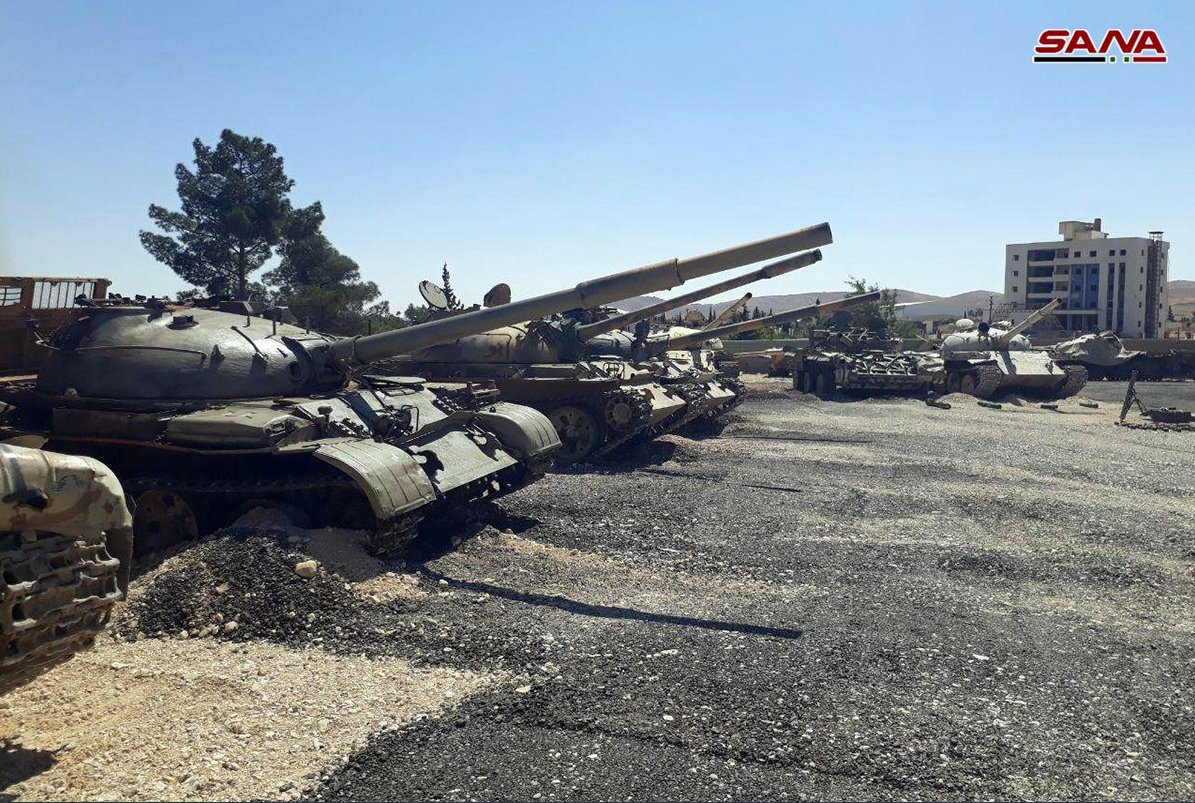

The Arab states were not prepared to coexist with a project which seemed likely to make a major contribution to Israel's economic growth. Its initial diversion capacity, without supplementary booster pumps, was 320 million m 3, well within the limits of the Johnston Plan.

Israel's National Water Carrier project included works to pump water from the Sea of Galilee. Though the Unified Plan failed to be ratified, both Jordan and Israel undertook to operate within their allocation limits. Moreover, it continued to be taken seriously by Arab leaders. While they failed to approve it politically, they nevertheless seemed determined to adhere to the technical details of the agreement. According to most observers, including US envoy Eric Johnston, the Arab non-adoption of the plan was not total rejection. In 1955 a United States-brokered deal, the Jordan Valley Unified Water Plan (Johnston Plan), was accepted by the technical committees of both Israel and the Arab League, but the Arab League Council decided on 11 October 1955 not to ratify the plan. The Israelis then moved the intake to an economically inferior site at the Sea of Galilee. The UN Security Council voted to allow Israel to resume work, but this was vetoed by the Soviet Union. Syria protested to the United Nations, and Syrian artillery units opened fire on the construction site. In July 1953, Israel began construction of an intake for its National Water Carrier at the Daughters of Jacob Bridge in the demilitarized zone north of the Sea of Galilee.

Small-scale water-related skirmishes had occurred following the 1949 agreements. The issue of water sharing from the Jordan–Yarmuk system turned out to be a major problem between Israel, Syria and Jordan. The southernmost, and also the largest, stretched from the south-eastern part of the Sea of Galilee eastwards to the Yarmuk River where the borders of Israel, Jordan and Syria converge. History Early tensions: 1949–64 Banias waterfall, Golan Heights Flood waters exiting from the Yarmuk reservoir to the Yarmuk river, 1933 Lake Kinneret, Israelįollowing the 1948 Arab–Israeli War, the 1949 Armistice Agreements created three demilitarized zones on the Israel-Syria border. The War over Water, also the Battle over Water, was a series of confrontations between Israel and its Arab neighbors from November 1964 to May 1967 over control of water sources in the Jordan River drainage basin. Jordan Valley River Basin and the Golan Heights


 0 kommentar(er)
0 kommentar(er)
